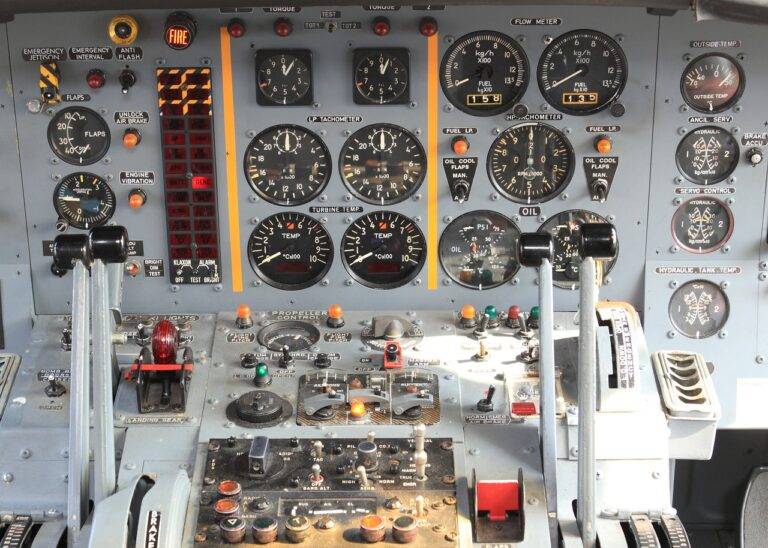The Potential of Blockchain in Tracking Sustainable Fishing Practices
Sustainable fishing practices play a crucial role in ensuring the health of our oceans and marine ecosystems. By harvesting fish in a way that allows populations to replenish and thrive, we can work towards maintaining a balanced and resilient environment for future generations. Adopting sustainable fishing practices also helps in preserving biodiversity and protecting endangered species, ultimately contributing to the overall stability of our planet’s fragile ecosystems.
Incorporating sustainable fishing methods not only safeguards the health of marine life but also supports the livelihoods of fishing communities around the globe. By promoting sustainable practices, we can ensure that fisheries remain productive and economically viable in the long run. Consumers are increasingly recognizing the importance of sustainable seafood choices, driving the demand for responsibly sourced fish and incentivizing the industry to prioritize sustainability measures.
Challenges in Monitoring Fishing Activities
One of the key challenges in monitoring fishing activities is the vastness of the ocean itself. With numerous fishing vessels operating across expansive water bodies, keeping track of their movements and activities can be a daunting task. This sheer size makes it difficult to ensure that fishing practices are being carried out sustainably and in compliance with regulations.
Moreover, the lack of effective monitoring technology poses another hurdle in overseeing fishing activities. Outdated tracking systems and unreliable communication tools hamper efforts to effectively monitor and control fishing practices. This issue further exacerbates the difficulty in enforcing regulations and holding fishermen accountable for their actions.
Why is it important to monitor fishing activities?
Monitoring fishing activities is important to ensure that fish stocks are not depleted, to prevent overfishing, to protect the marine ecosystem, and to promote sustainable fishing practices.
What are some of the challenges in monitoring fishing activities?
Some of the challenges in monitoring fishing activities include lack of resources, illegal and unreported fishing, lack of cooperation from fishermen, vast and remote fishing areas, and difficulty in tracking fishing vessels.
How can technology help in monitoring fishing activities?
Technology such as satellite tracking, electronic monitoring systems, and drones can be used to track fishing vessels, monitor fishing activities, and collect data on fish stocks. This can help authorities in enforcing fishing regulations and ensuring sustainable fishing practices.
What can be done to address the challenges in monitoring fishing activities?
To address the challenges in monitoring fishing activities, it is important to allocate more resources for monitoring and enforcement, improve international cooperation on fisheries management, promote transparency in the fishing industry, and invest in technology for better monitoring and surveillance.





